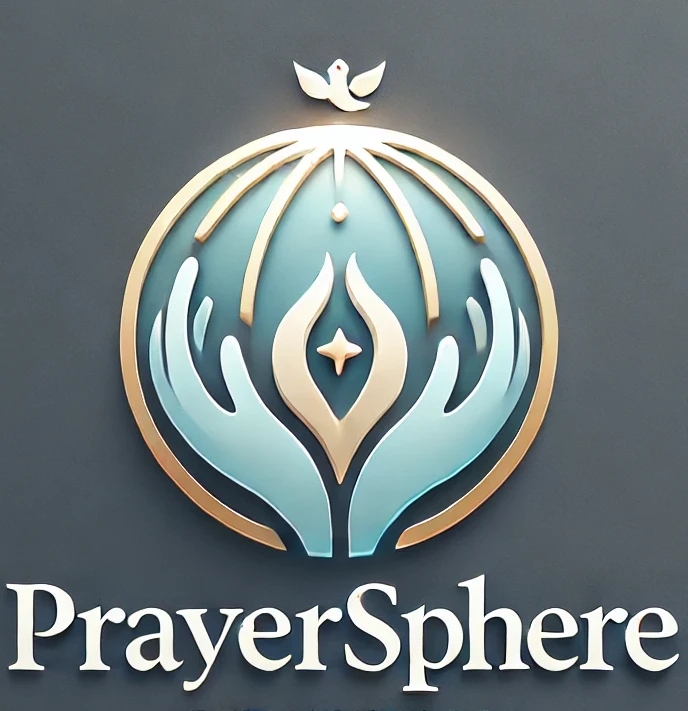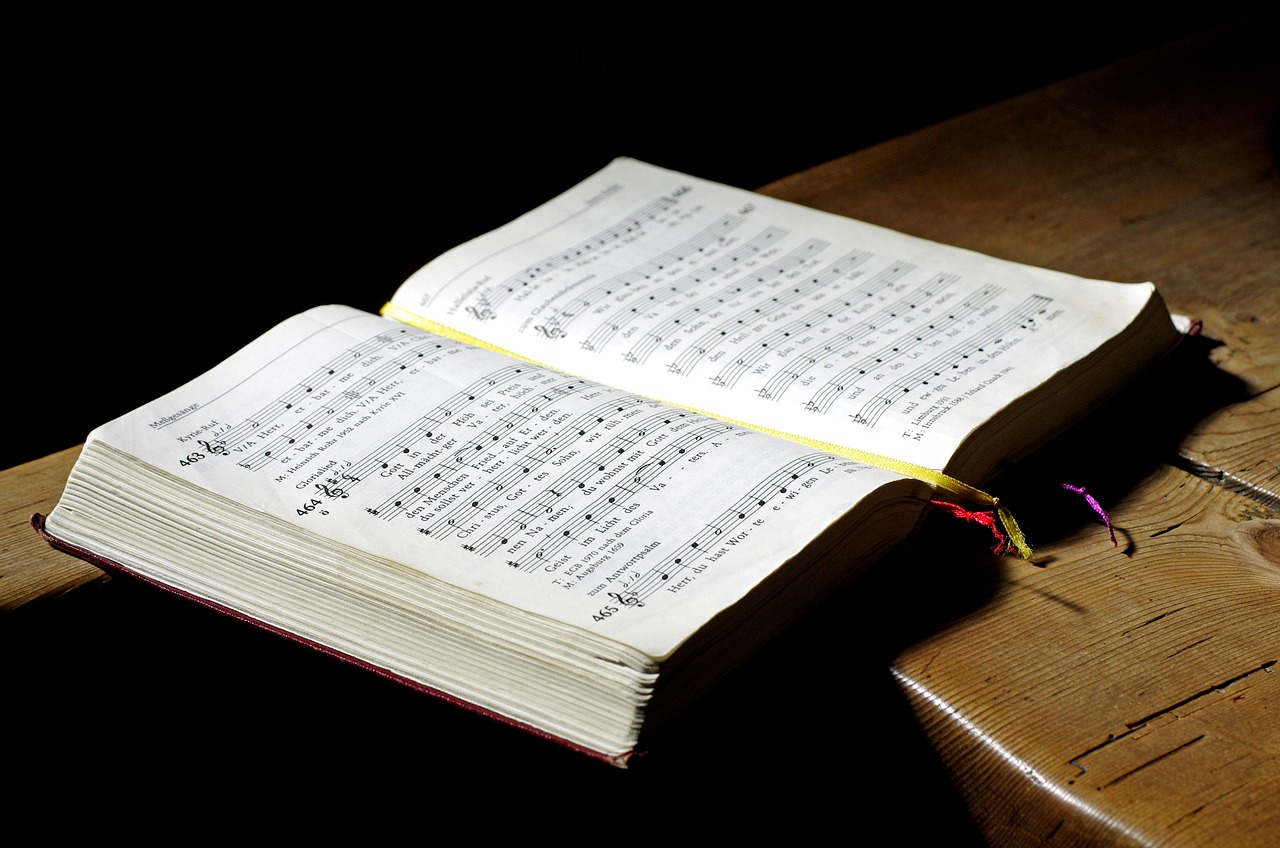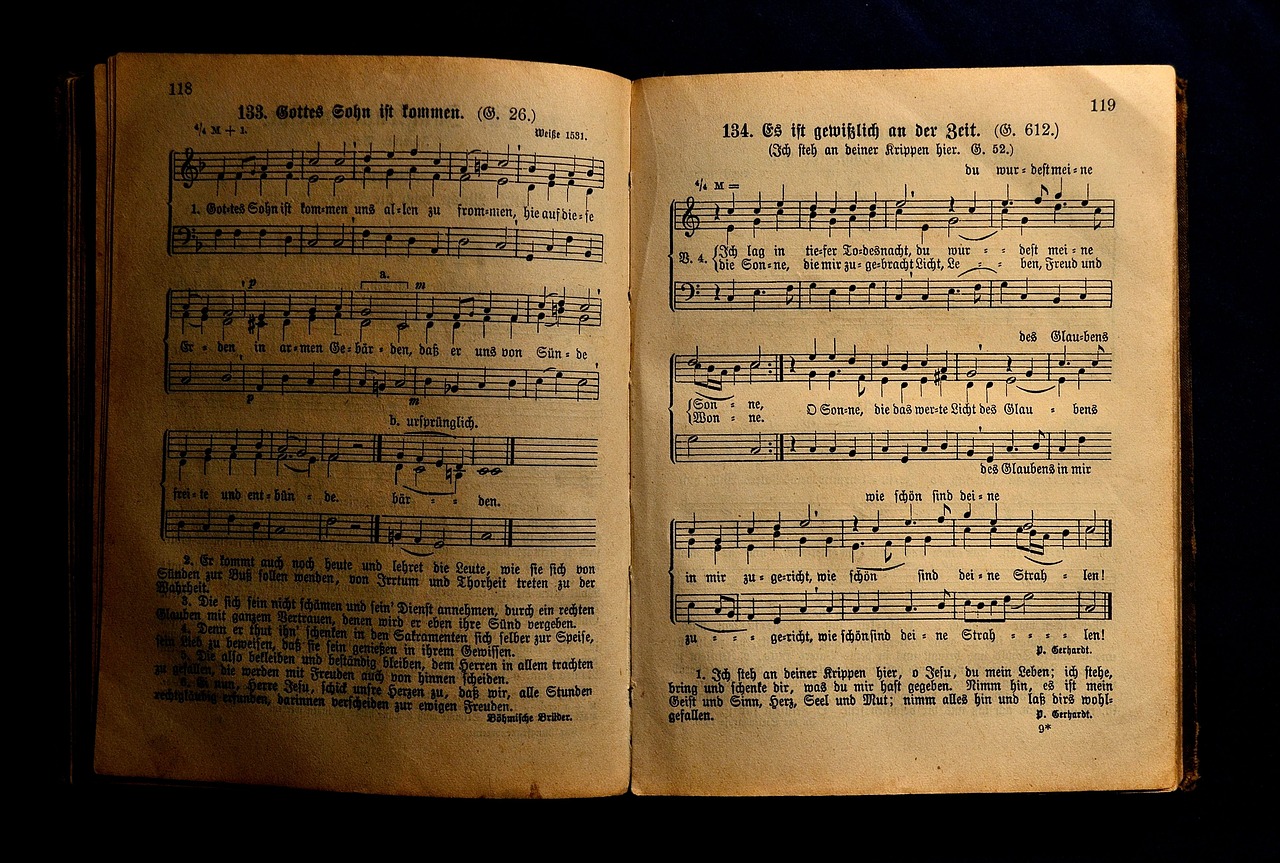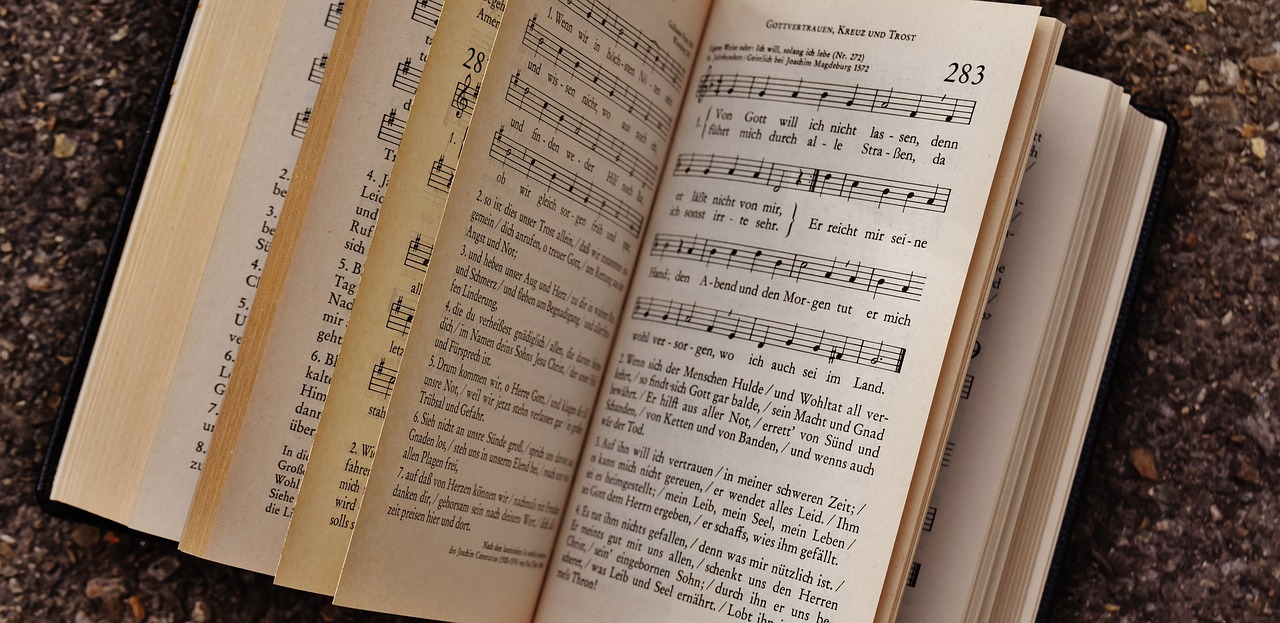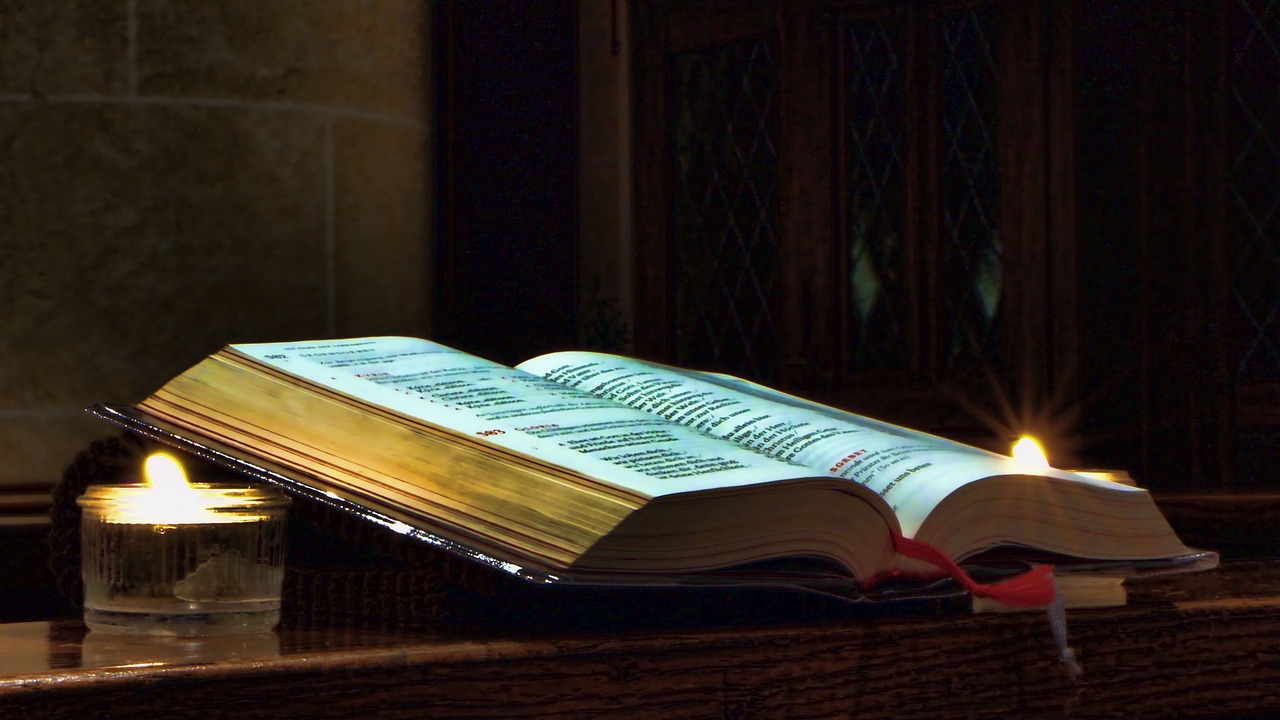Title: My Hope Is Built on Nothing Less
Written by Edward Mote in 1834
1 My hope is built on nothing less
Than Jesus’ blood and righteousness ;
I dare not trust the sweetest frame,
But wholly lean on Jesus’ name.
Chorus: On Christ, the solid Rock, I stand ;
All other ground is sinking sand,
All other ground is sinking sand.
2 When darkness hides His lovely face,
I rest on His unchanging grace;
In every high and stormy gale,
My anchor holds within the vail.
3 His oath, His covenant, His blood,
Support me in the ‘whelming flood ;
When all around my soul gives way,
He then is all my hope and stay.
4 When He shall come with trumpet sound,
Oh ,may I then in Him be found,
Clothed in His righteousness alone,
Faultless to stand before the throne !
My Hope Is Built on Nothing Less – A Hymn of Faith and Trust in Christ
“My Hope Is Built on Nothing Less” is one of the most cherished hymns in Christian worship. Written by Edward Mote in 1834, with music composed by William B. Bradbury, this hymn carries a powerful message of faith, trust, and reliance on Jesus Christ as the solid foundation. It has been a source of encouragement and strength for believers across generations, reinforcing the biblical truth that Christ alone is our rock and salvation. Below is an in-depth exploration of its history, creation, and meaning.
Background and Creation
The hymn “My Hope Is Built on Nothing Less” was written during the 19th century, a period of rich hymn-writing when many gospel songs were composed to strengthen Christian faith. Edward Mote, a pastor and hymn writer, penned these lyrics to emphasize the believer’s complete dependence on Christ for salvation and stability in life’s uncertainties.
Edward Mote (1797–1874): Mote was a Baptist pastor and hymn writer who was deeply committed to proclaiming the gospel through music. Although he worked as a cabinetmaker in his early years, he later felt a strong calling to ministry. He wrote over 100 hymns, but “My Hope Is Built on Nothing Less” remains his most famous work.
William B. Bradbury (1816–1868): A gifted musician and composer, Bradbury was a key figure in American hymnody. He composed melodies for many popular hymns, including “Just As I Am” and “Jesus Loves Me.” His musical talent brought Mote’s lyrics to life, making the hymn even more impactful.
The story goes that Edward Mote originally wrote the hymn as a poem and later shared it with a sick woman from his congregation who was on her deathbed. The words brought her great comfort, leading Mote to recognize their potential in ministering to others. The hymn was later set to music by William B. Bradbury, and it has since become a timeless anthem of faith.
Publication and Popularity
“My Hope Is Built on Nothing Less” was first published in 1836 in Mote’s collection of hymns and later included in numerous hymnals. Its powerful message of Christ as the solid rock made it widely accepted in church services across various denominations.
The hymn became especially popular in evangelical and Protestant traditions due to its firm biblical foundation. Over time, it has been translated into multiple languages and sung in churches, revivals, and even personal devotions.
Its enduring appeal comes from its ability to remind believers of their security in Christ, especially in times of uncertainty and trial.
Musical Features
The melody composed by William B. Bradbury enhances the hymn’s theme of strength and trust in Christ. The structure includes:
- A verse-chorus format, making it easy for congregations to sing along and reinforce the hymn’s message.
- A strong, steady rhythm, reflecting the solid foundation of faith in Christ.
- A major key, contributing to the hymn’s uplifting and encouraging tone.
Bradbury’s composition perfectly complements Mote’s lyrics, creating a hymn that has remained relevant and inspiring for generations.
Cultural and Historical Impact
“My Hope Is Built on Nothing Less” has been sung in countless church settings, from small village chapels to grand cathedrals. It has also been recorded by various artists, both traditional and contemporary, expanding its reach even further.
The hymn has a significant place in Christian theology, reinforcing the doctrine of salvation through Christ alone. It has been used in revival meetings, worship services, and even at funerals, offering hope to believers.
Additionally, the hymn has been referenced in Christian books, sermons, and teachings as a powerful declaration of faith.
Edward Mote’s Legacy
The creation of “My Hope Is Built on Nothing Less” highlights Edward Mote’s deep spiritual conviction and his desire to encourage believers. Though he initially worked as a cabinetmaker, his passion for hymn writing and pastoral ministry led to a lifelong impact.
Mote later became a pastor at Rehoboth Baptist Church in Horsham, England, where he faithfully served until his death. His commitment to spreading the gospel through music has left a lasting imprint on Christian worship.
The Meaning of “My Hope Is Built on Nothing Less”
“My Hope Is Built on Nothing Less” is a hymn of unwavering faith, emphasizing Jesus Christ as the only true foundation for salvation and life. Its lyrics highlight several spiritual truths:
1. Christ as the Solid Rock
The opening lines,
“My hope is built on nothing less than Jesus’ blood and righteousness,”
affirm that salvation is found in Christ alone. The reference to Jesus’ blood and righteousness speaks of His atonement on the cross, which is the foundation of every believer’s faith.
The repeated refrain,
“On Christ, the solid rock, I stand; all other ground is sinking sand,”
reinforces the biblical imagery from Matthew 7:24-27, where Jesus compares a wise man who builds on the rock to a foolish man who builds on sand.
2. Trusting in Christ During Life’s Storms
The second verse states,
“When darkness veils His lovely face, I rest on His unchanging grace.”
This line encourages believers to trust in God’s faithfulness even when they cannot see or understand His plans. It acknowledges that faith is not based on feelings but on God’s unchanging promises.
3. The Power of Christ’s Righteousness
The hymn continues,
“When He shall come with trumpet sound, O may I then in Him be found.”
This line points to the second coming of Christ, emphasizing the need for believers to be found in Him, clothed in His righteousness rather than relying on their own works.
4. A Call to Faith and Dependence
Throughout the hymn, Mote reminds believers that human efforts and worldly security are unreliable, but faith in Christ is unshakable. The hymn is both a personal declaration and a call for all believers to place their trust in Jesus.
Conclusion
“My Hope Is Built on Nothing Less” is a hymn of faith, assurance, and complete reliance on Jesus Christ. It speaks of the firm foundation that believers have in Christ’s sacrifice and righteousness, encouraging them to stand strong amid life’s trials.
Its enduring popularity across denominations and generations testifies to its powerful message. Whether sung in times of joy or struggle, this hymn continues to point believers to Jesus as the only true hope and foundation.
